 |
 |
 |
 |
 |
 |
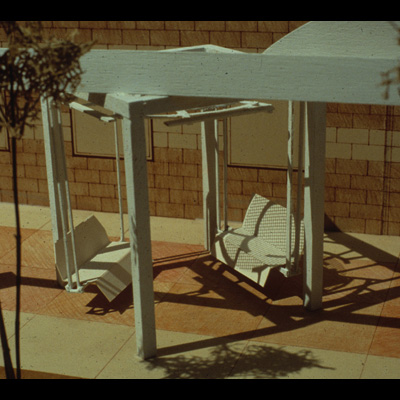
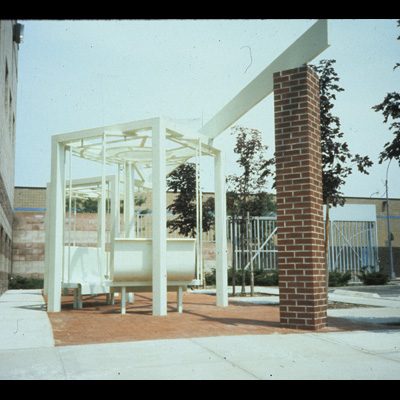
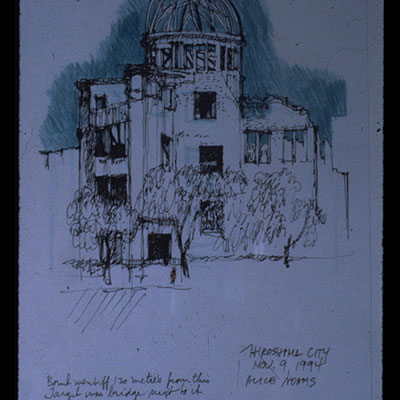
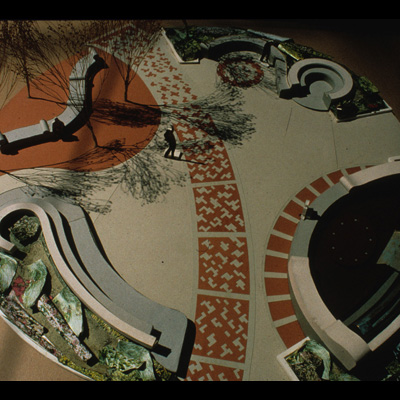
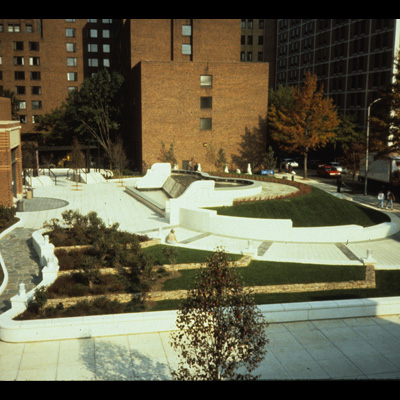
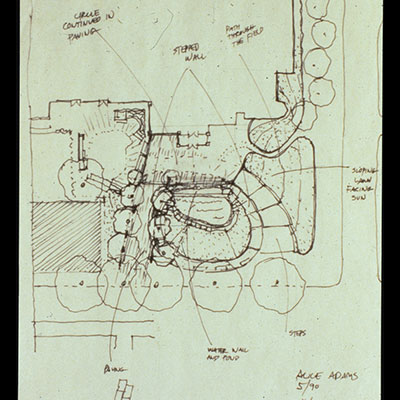
In 1950-53, the School of Painting and Sculpture was a two-story building that seemed separate from the rest of the University, protected as it was from Amsterdam Avenue and 116th Street by a greenhouse that you had to walk past to go to classes. As part of a first generation of BFA students, I entered a program that was comprehensive, with a faculty of practicing artists who had made their reputations during the 1940s and 50s. The most intensive classes were in painting with Peppino Mangravite and with John Heliker, both abstract, pre-abstract expressionist painters, and drawing classes, one of which met five mornings a week with Professor Tompkins. There were classes in Anatomy, Printmaking, and in Materials and Techniques sculpture with Oronzio Maldarelli in clay modeling, casting and stone carving. Art history courses with Professor Collins in Medieval Art and with Meyer Shapiro in Modern Art were of major importance to me, as was an introduction to Abstract Expressionism during a summer representing Columbia at the Yale Summer Art School in Norfolk, Conn. with Nick Marsicano of Cooper Union.
By graduation in 1953, my years at Columbia had given me skills and convictions that have been crucial to my career. It had helped me win a year of study in France on a French Government grant and a Fulbright Travel Grant and had prepared me well in making my way in the professional art world. While having some aspects of a classical beaux-art education, we were open to the ideas of our time from being in NY, including those of emerging abstract expressionism.
Since I have been active as an artist since my years at Columbia, I would say, that my work has always been characterized by an innovative approach either to materials and/or to space. My sculpture of the 1970s and early 80s represents a dialogue with architecture characterized by the practice of construction. Initially I began using dimensional lumber and other ordinary building supplies, sometimes in combination with latex casts of actual plaster walls. This work appeared in the Whitney annuals of 1971 and 1973. After that I used wood in articulated forms, always employing some kind of joinery. One of these sculptures was included in the "International Survey of Painting and Sculpture" at MoMA in 1984. Since 1985, I have completed major commissions throughout the United States as lead artist working with architects to develop large urban areas. As a sculptor, I have learned to enter into the architecture process with its stages of development leading to construction and this has been a major shaper of my current practice.